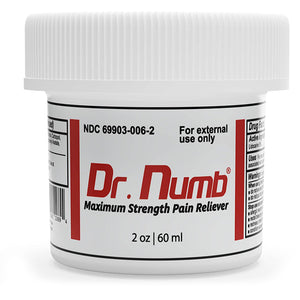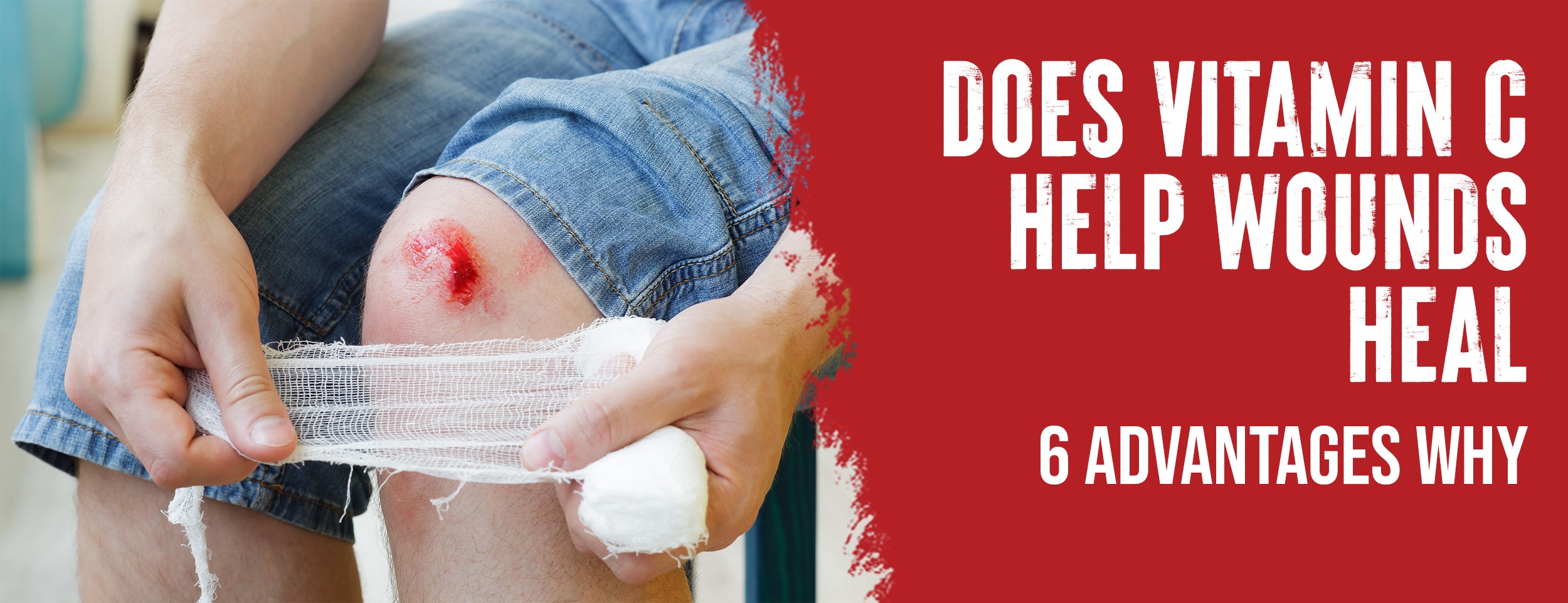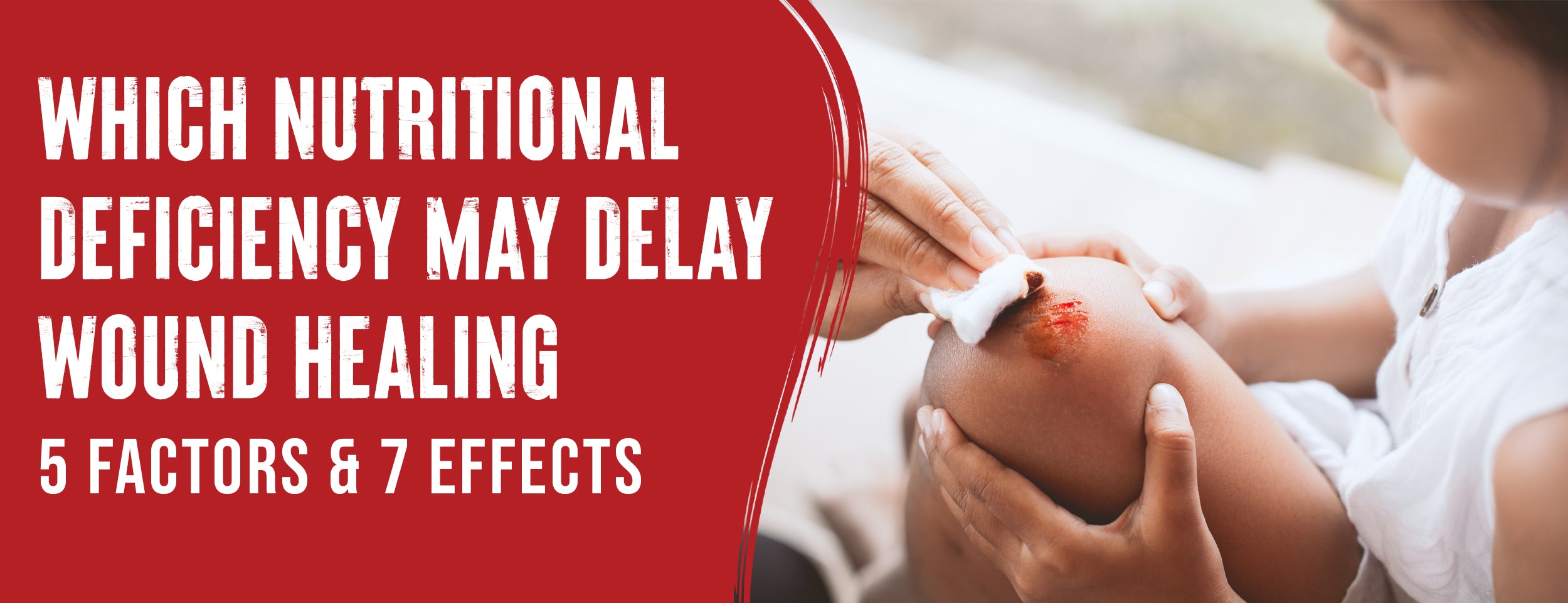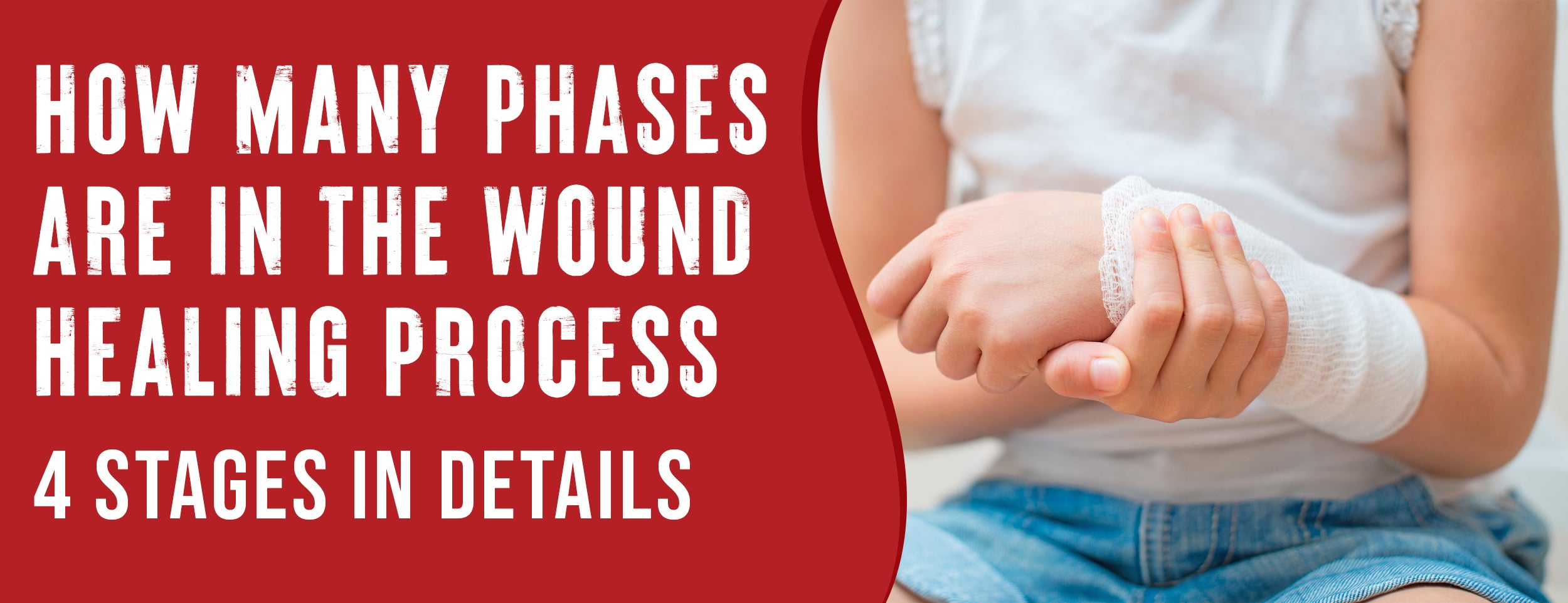Skin fold wounds can provide an optimal growing environment for bacteria and fungi that can cause infections. These wounds significantly restrict mobility, cause pain, and leave unsightly scars. Diseases spread to other areas of the body and even lead to sepsis, a potentially life-threatening condition.
To treat a wound in a skin fold, start by cleaning the area with soap and clean water. After that, apply a moisture-absorbing material, such as soft and absorbent pads or non-occlusive, high air-flow incontinence pads. Inspect the site regularly for signs of infection and change the dressing every 24 hours.
This blog post will discuss steps to heal wounds in skin folds and tips for preventing skin fold wounds.
How To Heal Wound In Skin Fold: 10 Essential Process

Intertriginous dermatitis (ITD) is a common skin condition that arises from the combination of friction, moisture, warmth, and overgrowth of skin microbes. With proper care and management, ITD can be healed and prevented from recurring. Here are some steps to healing wounds in the skin fold:
Identify the Wound
ITD wounds are usually found in skin fold areas such as the groin, underarms, and between the toes. Skin folds with linear mirror images characterize them. Other symptoms include pain, burning, itching, and odor. Recognizing these signs is the first step in treating ITD wounds.
Clean the Wound
Once you have identified an ITD wound, the next step is to clean it properly. Remove clothing or jewelry around the wound and wash the area with clean water and saline. As a result, inflammation and infection will be prevented.
Absorb the Moisture
ITD wounds are often moist and prone to infection. Use soft, absorbent pads with high air flow to dry the area. These can be placed in the fold under the skin to absorb excess moisture.of skin breakdown.
Reduce Friction
Friction is a common cause of ITD wounds. To reduce friction, use a textile that fits within the fold with at least 2 inches of excess extending outside the fold. This will help cut down on rubbing and irritation.
Manage Fungal or Bacterial Issues
ITD wounds can be more prone to fungal or bacterial infections. To manage these issues, use a textile impregnated with silver. This can help kill bacteria and fungi, reducing the risk of disease.

Avoid Outdated Remedies
Many outdated remedies, such as talc or cornstarch, can worsen ITD wounds. Avoid using these products and stick to modern wound care techniques.
Change the Dressing
Changing the dressing every 24 hours is essential to prevent infection and promote healing. This will keep the wound clean and allow it to get the airflow it needs to heal.
Expose the Wound to Air
ITD wounds should not be closed entirely and should be exposed to fresh air as much as possible. The wound will heal faster as a result, and this will prevent infection.
Monitor the Wound
Regularly inspect the ITD wound for signs of infection. Look for redness, swelling, pus or discharge, and increased pain.
Seek Medical Attention if Needed
If the ITD wound is not healing or showing signs of infection, check it out. A healthcare provider can provide additional wound care advice and may prescribe antibiotics or other medications to help treat the wound.
5 Preventing Tips for Skin Fold Wounds

Skin fold wounds are caused by prolonged pressure on the skin and can become serious if not treated promptly. Prevention is vital for skinfold wounds. Here are some tips for preventing these painful and potentially dangerous wounds:
Change Diapers and Adult Briefs Frequently
Prolonged exposure to moisture is a significant contributor to skin fold wounds. Particularly in areas that sweat, such as the groin. To prevent skin fold wounds in these areas, changing diapers and adult briefs as soon as they become wet or soiled is essential. This will help keep the skin dry and free from irritation.
Wear Loose-Fitting Undergarments
Tight, restrictive clothing can contribute to developing skin fold wounds by trapping moisture and heat against the skin. Wearing loose-fitting undergarments that allow air to circulate freely is essential to prevent these wounds. The skin will be kept dry as a result, so you won't get irritated.

Use Antiperspirants In The Axilla
The axilla, or underarm area, is another area prone to sweating and moisture buildup. Skin fold wounds can develop in this area. It is essential to use antiperspirants that help reduce sweating and keep the skin dry. This will help prevent irritation and reduce the risk of developing sores.
Choose Body Soaps With A Ph Of 7.0
Higher pH alkaline soaps may irritate and dry out the skin. Choosing 7.0 pH soaps is essential to prevent skin fold wounds. This will help maintain the skin's natural pH level and will reduce the risk of irritation and dryness.
Maintain Good Hygiene

Good hygiene is vital in preventing skin fold wounds. Make a habit of washing the affected area with antibacterial soap at least once daily, using a clean towel to dry off, and wearing fresh clothing daily. The affected area should also not be touched or scratched.
Conclusion
Wound healing in skin folds can be challenging, but proper care can facilitate healing and prevent complications. Clean the affected area, apply a topical ointment, and cover it with nonstick bandages.
If the injury persists or shows signs of infection, seek medical attention immediately. Following these tips can speed up the healing process of wounds in skin folds and maintain your overall health and well-being.










![11 Types & 7 Benefits of Wound Ointments [Most Effective]](http://drnumb.com/cdn/shop/articles/What_Ointment_Is_Best_For_Wound_Healing__14_Types_7_Benefits.jpg?v=1716200317)




